The six months after the Fall of Poland in October 1939 were known as the phony war or sitzkrieg, as both sides sized each other up. The first crack in this came in early April, when the Germans invaded neutral Denmark1 and Norway, driven by a combination of Hitler's paranoia about the Norwegians cooperating with the British and a real Allied plan to intervene in Norway to stop the flow of iron ore to Germany. Despite several warnings, both the Allies and the Norwegians themselves were unaware of the coming invasion, and the Norwegian military was still badly hamstrung by low budgets and a lack of manpower.
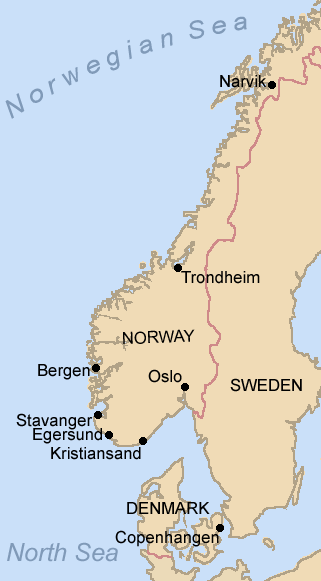
The German invasion plan
The German plan involved seizing the key cities of Norway: Narvik, Trondheim, Bergen, Kristiansand and Oslo, using troops carried aboard warships. The Germans generally didn't think the Norwegians would fight much, and if they did, their low readiness would let the prepared German troops win despite lack of numbers or specialized amphibious shipping. Follow-on units would be available almost immediately thanks to merchant ships that had been sent out before the faster warships departed Germany. Surprisingly, despite some of the transports passing through Norwegian coastal waters, security held. Read more...

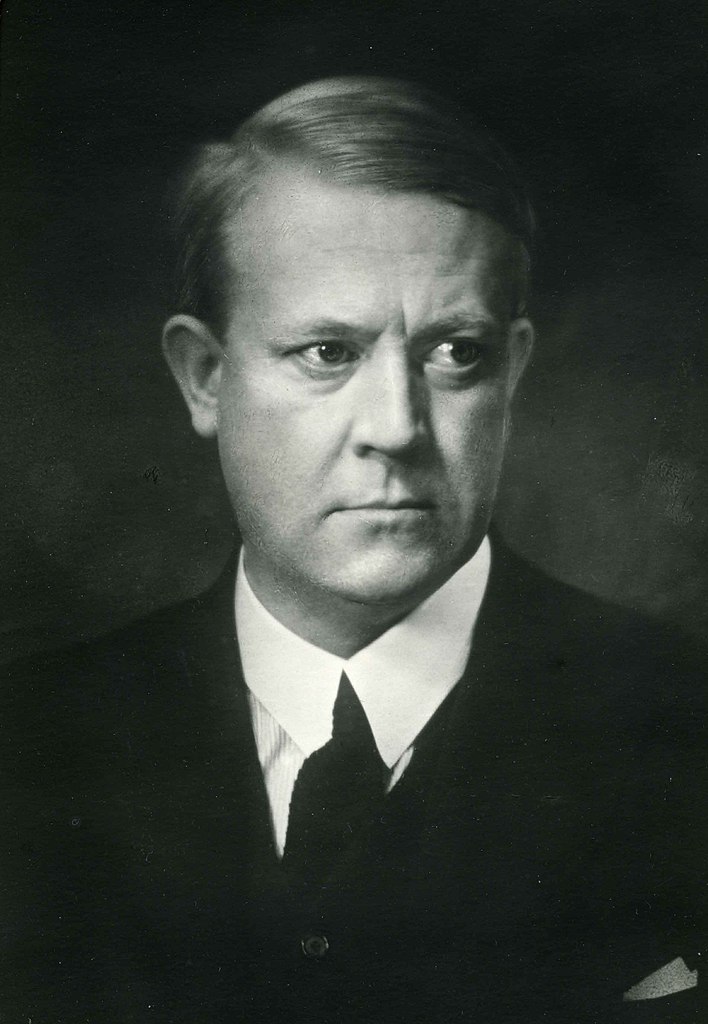
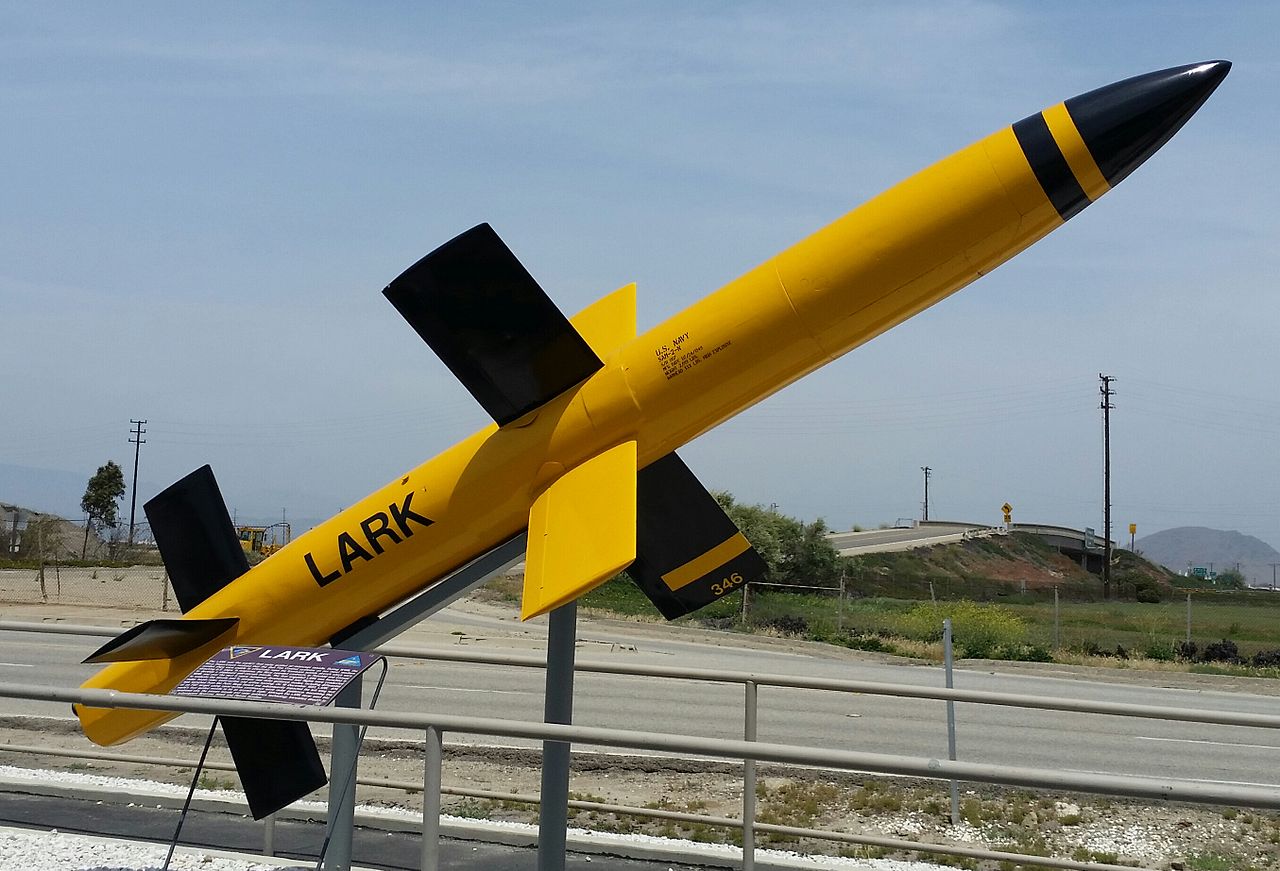

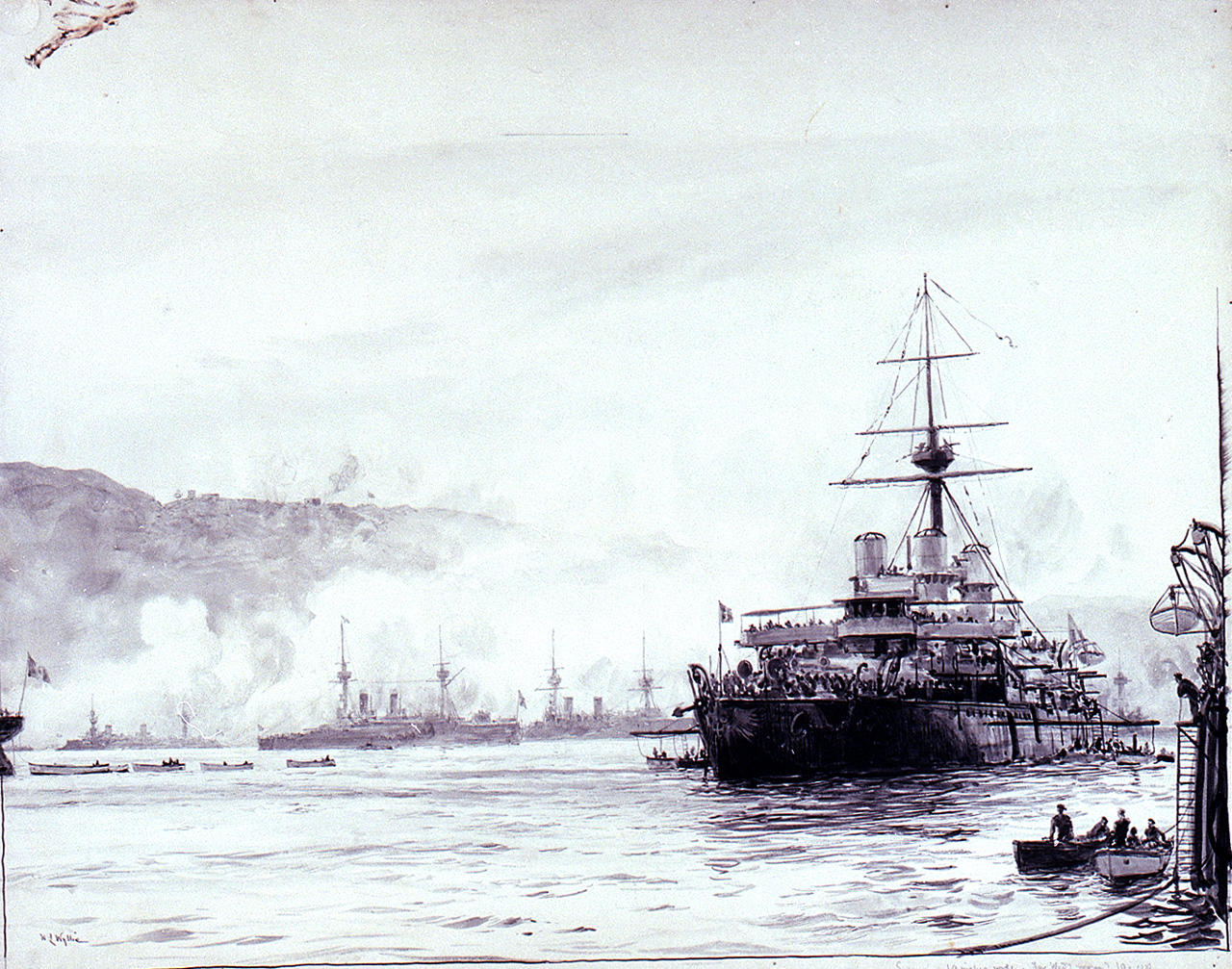
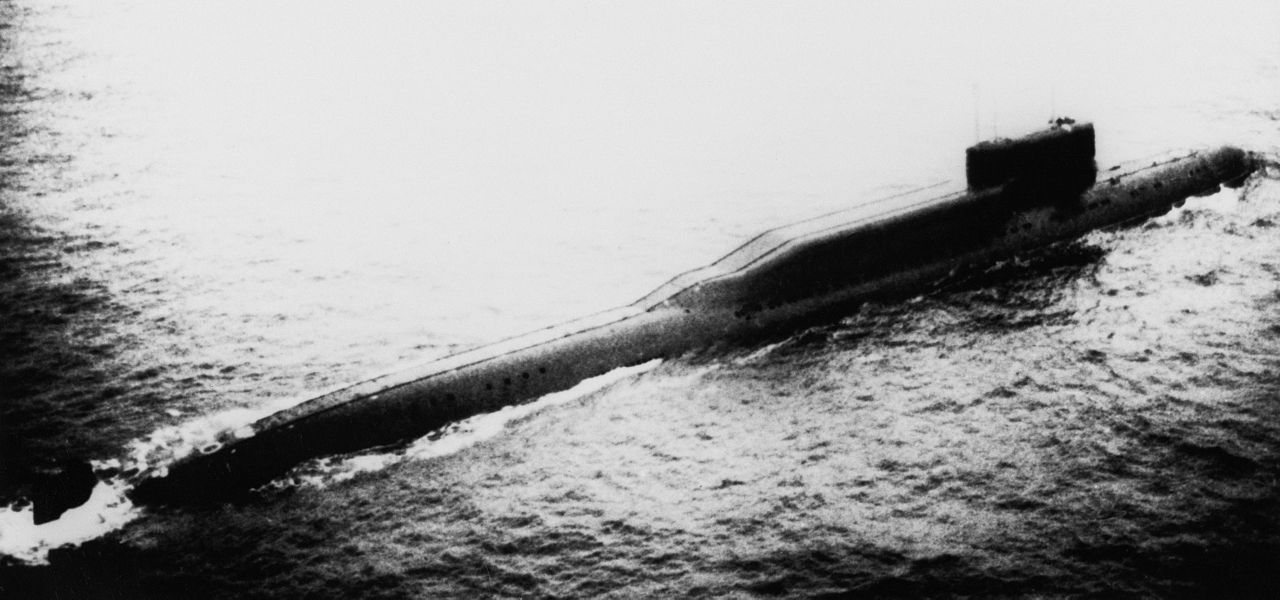
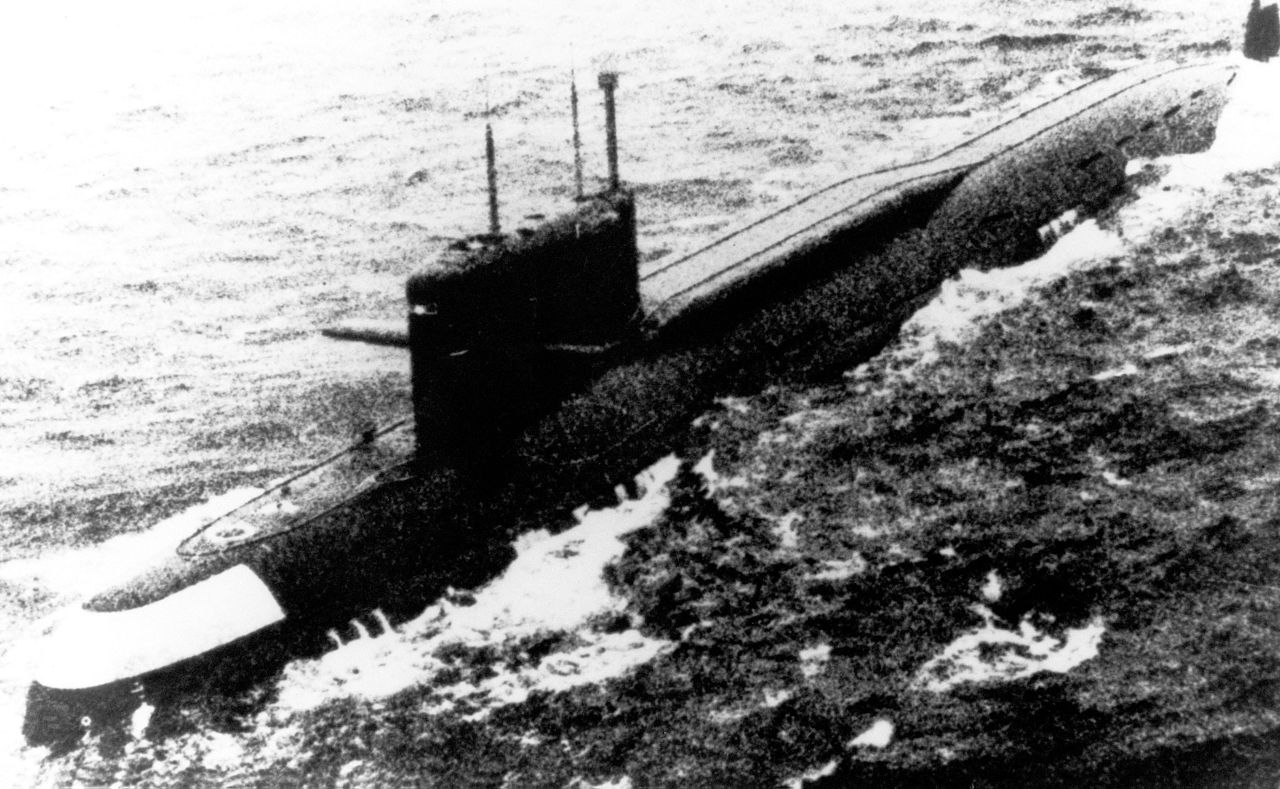
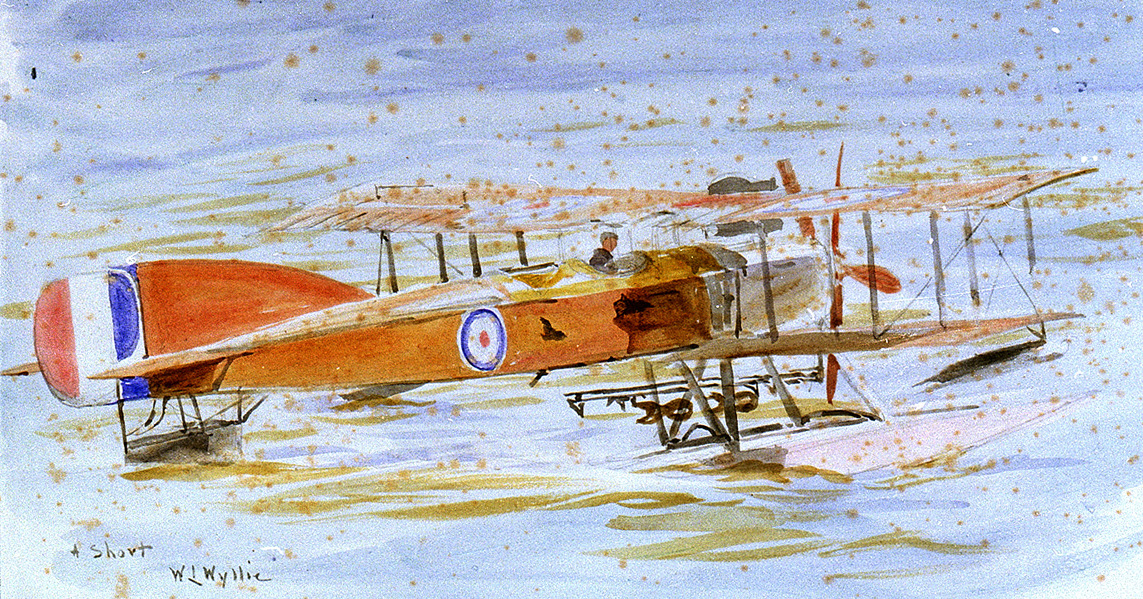
Recent Comments